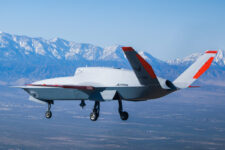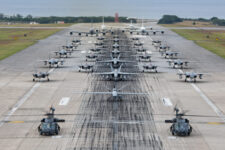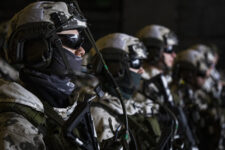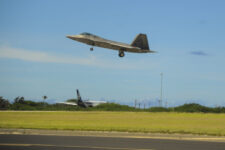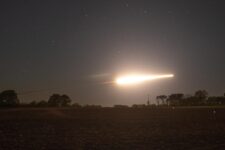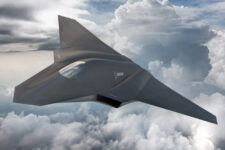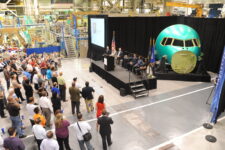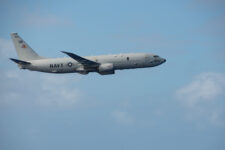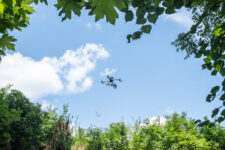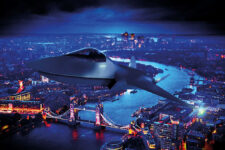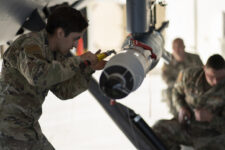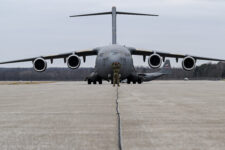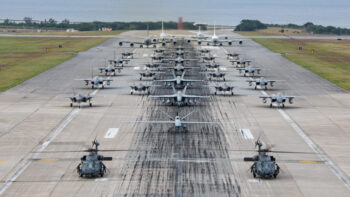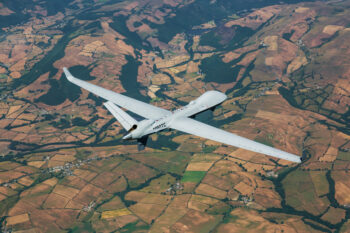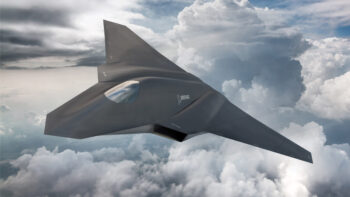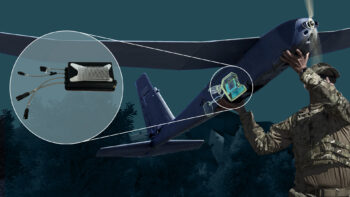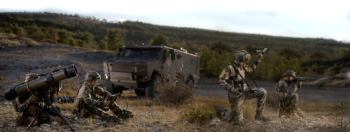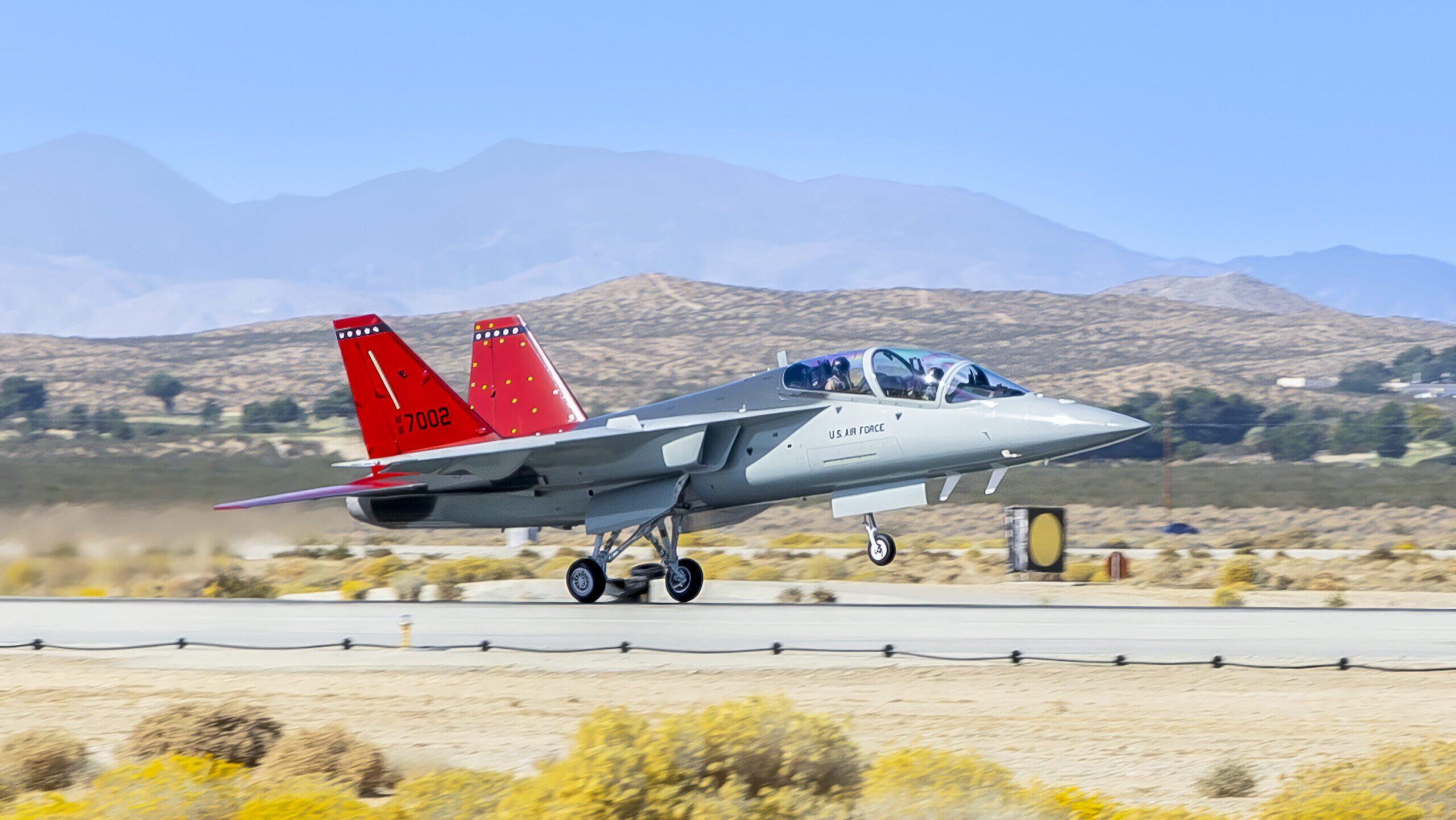
The Air Force’s first T-7A Red Hawk, APT-2, touches down at Edwards Air Force Base on Nov. 8. (US Air Force photo by Todd Schannuth.)
WASHINGTON — The Air Force’s first T-7A Red Hawk trainer landed at Edwards Air Force Base in California on Wednesday, the service and manufacturer Boeing announced today.
The trainer’s arrival marks a critical next step for an Air Force-led testing campaign to wring out developmental issues with the Red Hawk, whose woes have forced Boeing to absorb approximately $1.3 billion in charges on its fixed-price contract and caused the trainer’s schedule to slip by more than two years.
“This arrival marks an exciting transition into the next phase of developmental flight,” T-7A test pilot Maj. Jonathan Aronoff said in an Air Force press release. “The T-7A gives immense capability updates that will allow the Air Force to train the next generation of combat aviators. Success of first delivery is truly a testament to the joint USAF-industry team we have in place.”
Boeing is aiming to deliver five engineering and manufacturing development jets by the end of the year to the Air Force, where Boeing crews will remain intimately involved in the test campaign. Officials have said they expect to identify new issues in the course of upcoming flights, which the Government Accountability Office previously warned could reveal flaws in the trainer’s flight control software.
“Like most test programs, we’ll have discovery and we’ll overcome it quickly,” the service’s program manager, Col. Kirt Cassell, said in a Boeing press release. “This is the right team to go after any challenges we find.”
The program will additionally need to qualify the jet’s escape system before a production decision set for February 2025, a timeline that GAO treated skeptically. Cassell, however, previously told Breaking Defense he was confident the program’s rebaselined schedule could be met, underscoring the value of two production-representative jets owned by Boeing that have accumulated hundreds of hours of test flights already.
The T-7A program of record calls for 351 jets, 46 trainers and associated support equipment. The Red Hawks are slated to replace a decades-old fleet of T-38 Talons and are meant to provide higher-end training for performance against a peer adversary.
Once the Air Force and Boeing work through the Red Hawk’s remaining issues, the service might have more ambitious plans for the jet. An Air Force official this week floated the idea of arming the trainer down the road to replace aging F-16s, adding that a request for information will accordingly be prepared for industry.
Air Force requests more money for drone wingmen effort
A reprogramming request recently submitted to Capitol Hill by the Pentagon asks for permission to shift an additional $150 million into the Air Force’s Collaborative Combat Aircraft program, a budget increase of nearly 40 percent.
